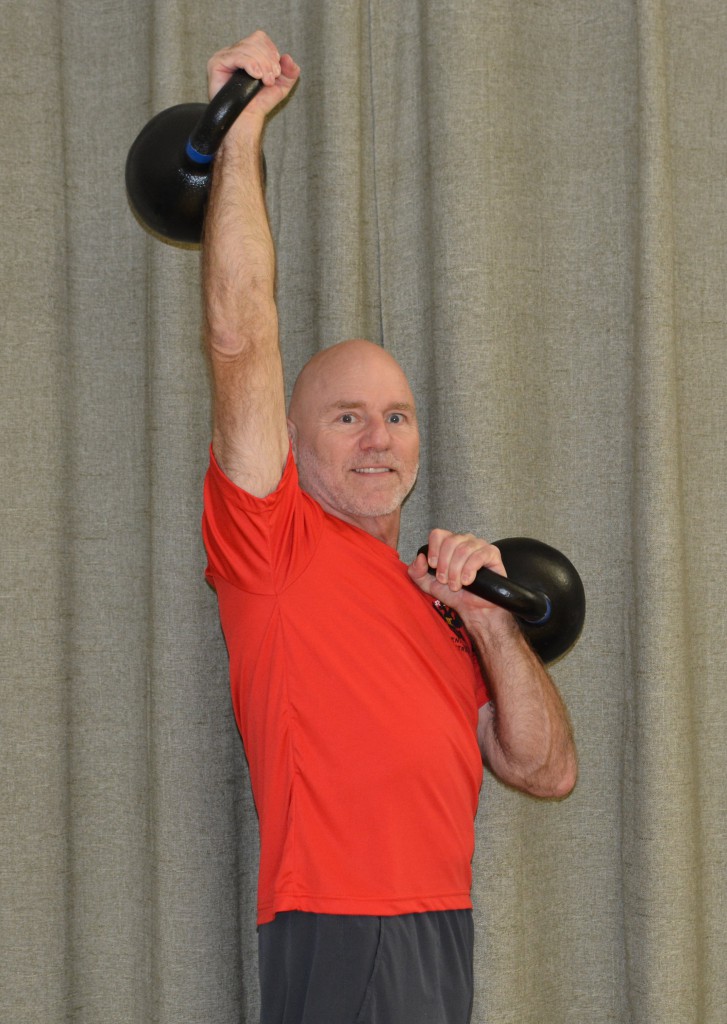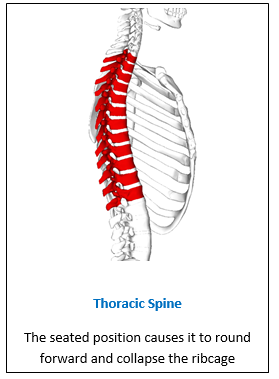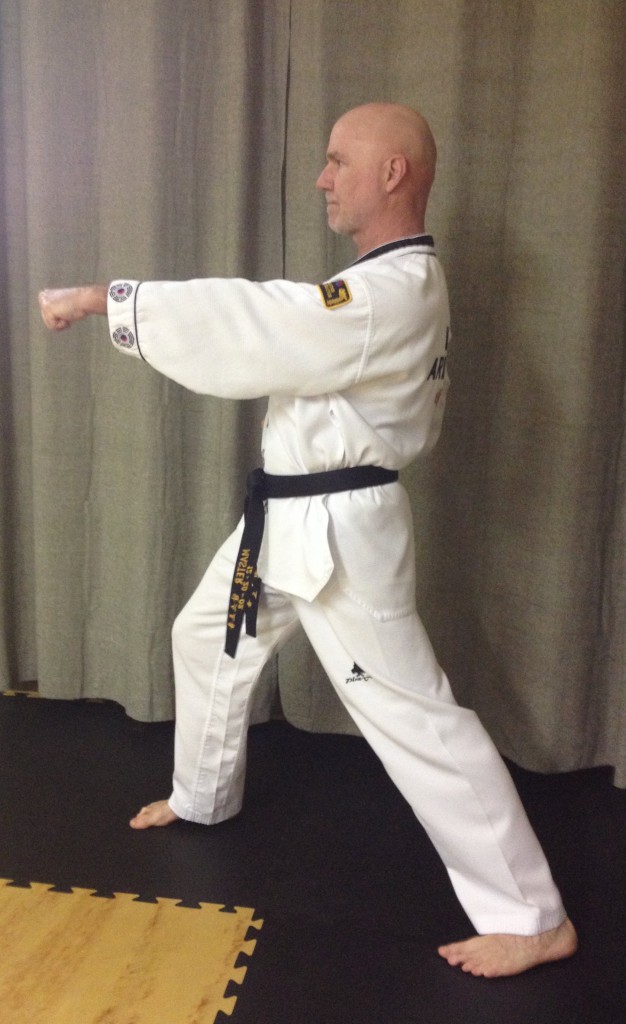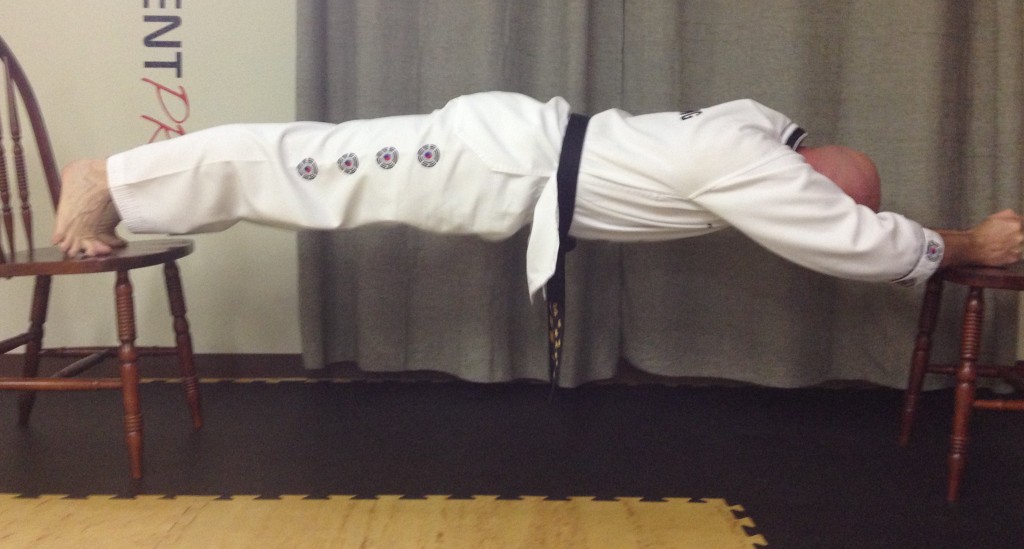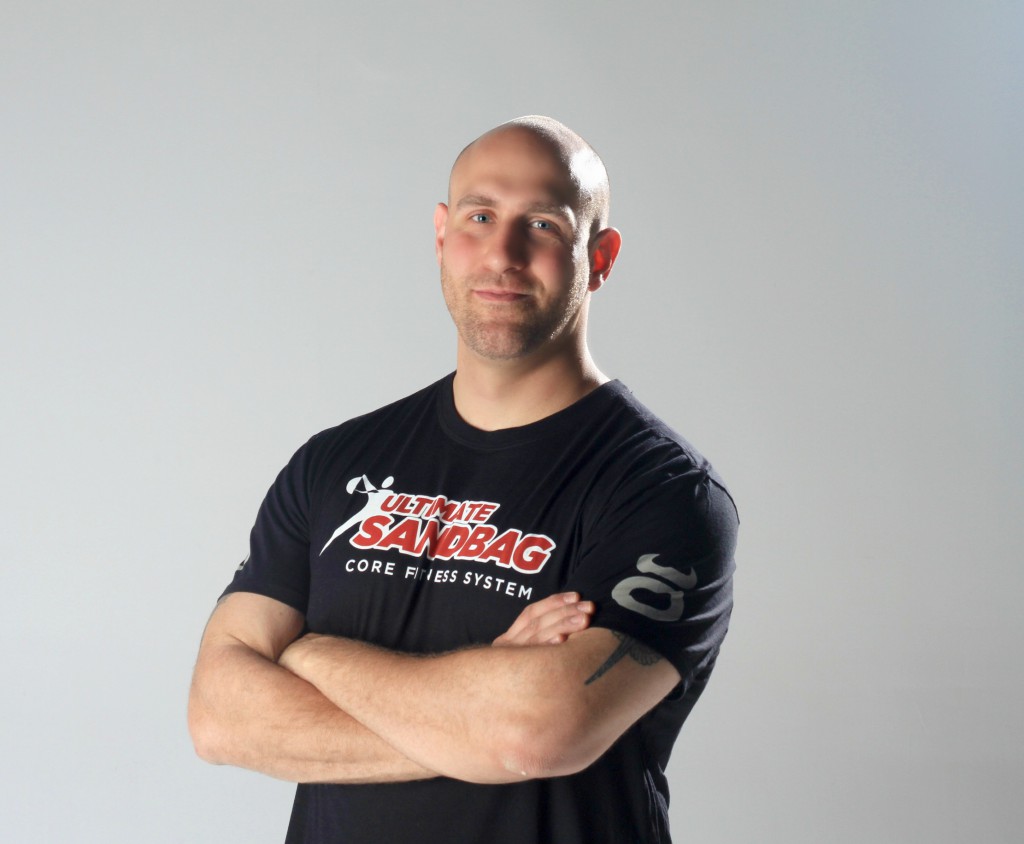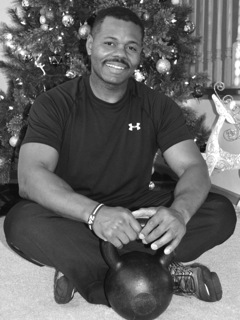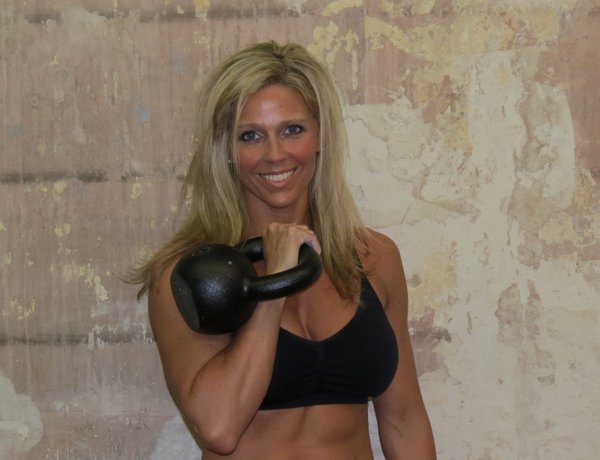
Are you a good snatcher? Is your kettlebell snatch effortless and smooth? If you love to snatch try this combo. Add a lunge to the snatch. Your concentration will heighten with the multiple movements. This combo will set your heart rate on fire, scorch your legs and challenge your mind. You’ll actually forget that you are snatching. Start with a light kettlebell to groove the pattern then go as heavy as you can handle.
One of my favorite workouts is to clock in for 15 min. Or my goal would be to do a 10-1 countdown of the lunge snatch and combine it with goblets squats 10-1. As always, form is more important than time or weight. Let me know how your legs feel after this workout!
IMPORTANT:
* This is an advanced combination move for both the Lunge and Snatch technique. Be aware of the hip power and extension throughout the exercise. Make sure your Lunge and Snatch form are spot on before attempting the combination exercise.
** The kettlebells used in the video are official Dragon Door kettlebells I color coded by different sizes.
Watch the video to get the finer points. Have FUN…see you on the other side…
